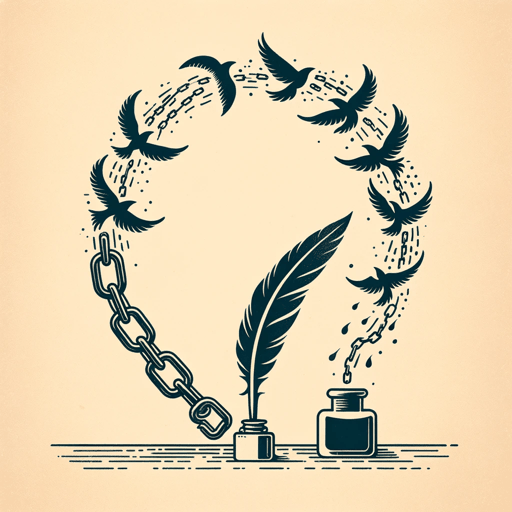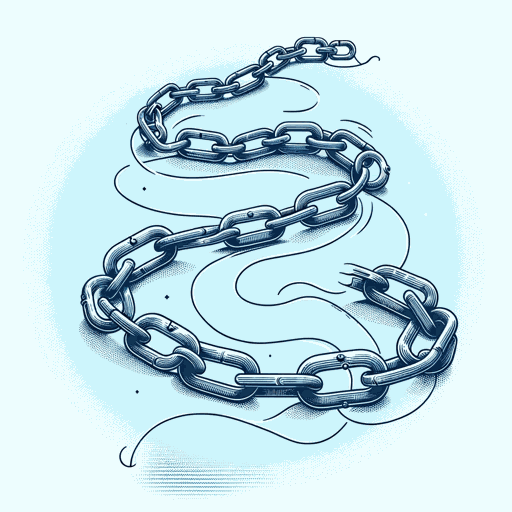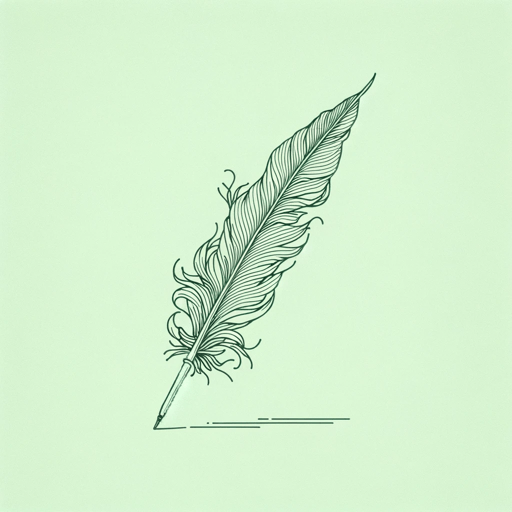43 pages • 1 hour read
Oscar WildeThe Ballad Of Reading Gaol
Fiction | Poem | Adult | Published in 1896A modern alternative to SparkNotes and CliffsNotes, SuperSummary offers high-quality Study Guides with detailed chapter summaries and analysis of major themes, characters, and more.
Poem Analysis
Analysis: "The Ballad Of Reading Gaol"
The poem’s first-person narrator is typically assumed to be Wilde himself, who was imprisoned at Reading Gaol in 1896 and 1897. At the center of the poem is a fellow incarcerated man convicted of murdering his wife and sentenced to be hanged. Though this man is never named in the poem, he is almost certainly the real historical figure Charles Thomas Wooldridge, to whom Wilde dedicated the poem as “C.T.W.” Wooldridge murdered his wife in an argument and was sent to Reading Gaol to await execution.
Wilde describes Wooldridge’s crime—taking ample creative license—at the very beginning of the poem. He imagines him with “blood and wine [...] on his hands / When they found him with the dead” (1.3-4), a vivid tableau that heralds the dark gothic realism that saturates the poem. The reference to wine suggests that the man was drunk when he killed his wife and that his crime was thus a crime of passion. This seems to have really been the case, as historical records attest that Wooldridge instantly regretted murdering his wife; indeed, Wooldridge turned himself in soon after committing the crime. However, Wilde also alters the facts to suit his poem, for example when he writes that the man murdered his wife “in her bed” (1.
Related Titles
By Oscar Wilde

An Ideal Husband
Oscar Wilde

A Woman of No Importance
Oscar Wilde

De Profundis
Oscar Wilde

Lady Windermere's Fan
Oscar Wilde
.webp&w=3840&q=75)
Lord Arthur Savile's Crime
Oscar Wilde

Salome
Oscar Wilde

The Canterville Ghost
Oscar Wilde

The Decay of Lying
Oscar Wilde

The Importance of Being Earnest
Oscar Wilde

The Nightingale and the Rose
Oscar Wilde

The Picture of Dorian Gray
Oscar Wilde

The Selfish Giant
Oscar Wilde

The Soul of Man Under Socialism
Oscar Wilde
Featured Collections
Books on Justice & Injustice
View Collection
British Literature
View Collection
European History
View Collection
Forgiveness
View Collection
LGBTQ Literature
View Collection
Mortality & Death
View Collection
Pride & Shame
View Collection
Religion & Spirituality
View Collection
SuperSummary Staff Picks
View Collection
Teams & Gangs
View Collection
Victorian Literature
View Collection
Victorian Literature / Period
View Collection

